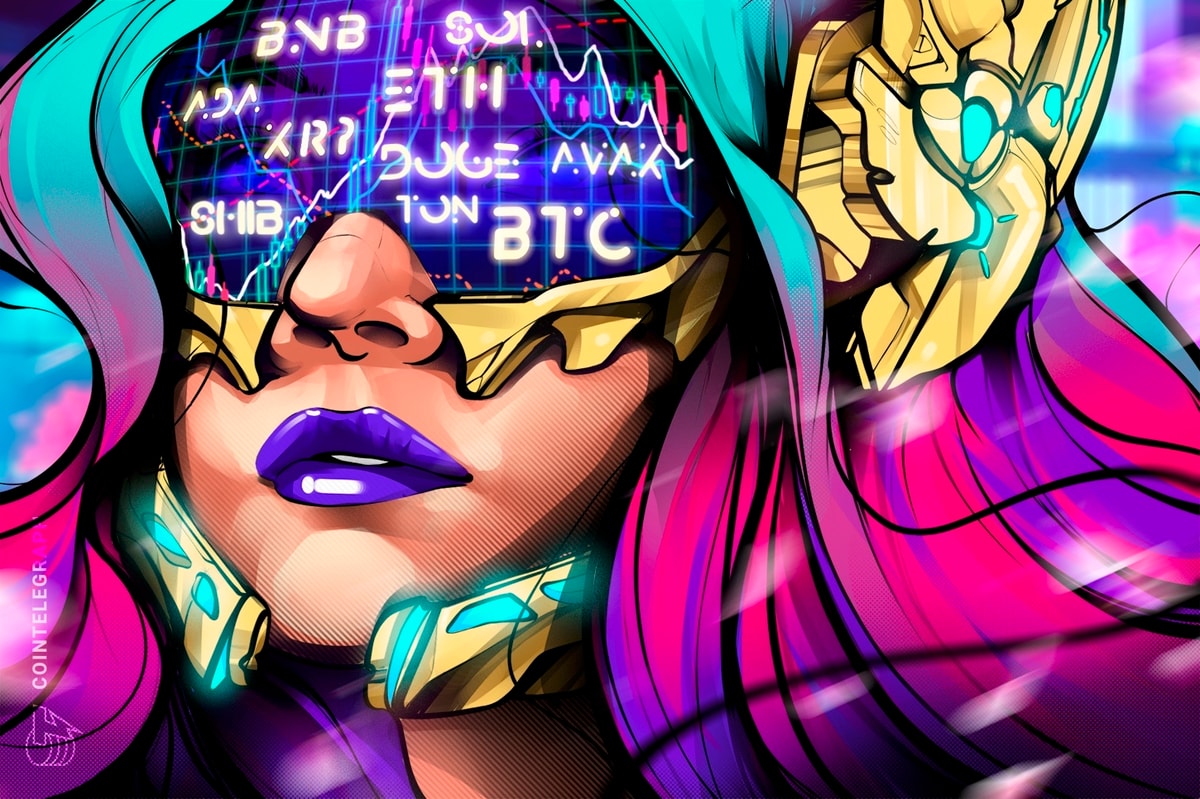The pioneering Ordinals protocol, conceived by developer Casey Rodarmor, has found its way to Litecoin and Dogecoin. This unique system, designed to encode text and images on a blockchain, has acted as a catalyst, skyrocketing transaction volume on both Litecoin and Dogecoin.
A new zenith was reached when Dogecoin registered a staggering 1.2 million transactions in a 24-hour period on May 18, with Litecoin not far behind, achieving a record 584,000 transactions on May 10.
Litecoin and Dogecoin embrace the Ordinals protocol
The Ordinals protocol first graced the Litecoin network courtesy of the anonymous Twitter user Indigo Nakamoto. Nakamoto presented a tempting bounty of 5 LTC (around $500) for the individual able to adapt the Ordinals protocol for the network.
Software engineer Anthony Guerrera rose to the challenge, effectively launching the Litecoin Ordinals protocol just eight days later, on February 19.
Dogecoin was not to be left out of the revolution, as enthusiasts replicated the Ordinals protocol on their network, playfully dubbing the new protocol “Doginals.”
But the real watershed moment for both networks was the subsequent introduction of LRC-20 and DRC-20 token standards in early May. This enabled users to mint and circulate entirely new “memecoins” on Litecoin and Dogecoin, propelling network activity to unprecedented heights.
The impact of memecoins and Ordinals on network activity
The advent of Ordinals, and subsequently the memecoins, has seen an unparalleled surge in transaction volume on both Litecoin and Dogecoin. In parallel, Ordinals inscriptions on the Bitcoin network also amplified, marking a daily record of 400,000 inscriptions on May 10.
Interestingly, the evolution of the Ordinals protocol and its journey to Litecoin and Dogecoin is a testament to the shared heritage of these cryptocurrencies. Litecoin and Dogecoin, both forks of Bitcoin, have capitalized on the Ordinals technology, thereby contributing to a significant spike in their respective transaction volumes.
Yet, critics argue that the surge in Ordinals inscriptions, especially those containing JPEGs and meme tokens, could potentially inflate transaction costs, with some even suggesting it might act as an attack vector.
On the other hand, proponents of Ordinals argue that the higher cost helps in bolstering the network’s security.
The introduction of Ordinals in Litecoin in February followed a unique challenge from a Twitter user. The protocol was quickly embraced, and with the inclusion of the LTC-20 standard in May, meme tokens found their home on the Litecoin network.
This flurry of activity sent LTC transactions soaring from 100,684 on May 1 to an all-time high of 584,836 transactions on May 10.
Parallelly, Dogecoin introduced the DRC-20 standard in May, opening its doors to meme tokens and digital artifacts using Ordinal inscriptions. As a result, Dogecoin’s daily transaction volume took a leap, from around 88,000 at the start of the week to over 1.1 million mid-week.
However, the sustainability of this trend is still a point of debate among observers.
All in all, the adoption of the Ordinals protocol and the issuance of memecoins have indeed left an indelible mark on the network activity of Litecoin and Dogecoin.
The protocol’s migration from Bitcoin and the introduction of LRC-20 and DRC-20 standards have carved a new narrative for these cryptocurrencies, potentially redefining their future trajectory.





